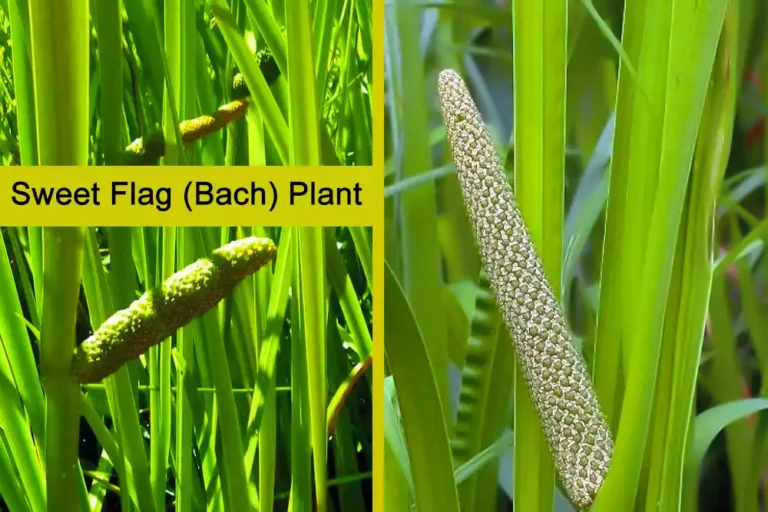Bluemink plant (Ageratum) Medicinal Uses, Benefits, Side Effects
Bluemink Plant is also known as the Ageratum houstonianum Mill, Bluemink Flower, Ageratum houstonianum, Floss flower, and in Urdu Osari. Find out its medicinal uses, benefits, Side Effects, how to identify and grow it, and its traditional and international uses.
Bluemink plant (Ageratum) Overview
| Botanical Name | Ageratum houstonianum Mill |
| English Name | Floss flower, Bluemink |
| Urdu Name | Osari |
| Common Name | Lossflower, Bluemink, Goatweed, Blueweed, Mexican paintbrush |
| Family | Asteraceae |
| Habit | Annual herb |
| Part Used | Whole plant |
| Medicinal Plants | Explore |
Bluemink plant (Ageratum)
Annuals, 30-80 cm (fibrous-rooted). Stems tend to be erect, small to very hard. Leaf blades ovate, margins toothed abaxial faces sparsely to densely pilose, not evidently gland-dotted. Flower heads are branched corymbs, discoid, florets tubular, white or purplish pink; involucral bracts biseriate; pappus hairy; achenes small.
Distribution of Bluemink plant
The Bluemink plant is native to southeastern Mexico and Central America; the North American plants are escapes and naturalized from cultivars.
Medicinal Uses of Bluemink Plant
Folk use
Bluemink is widely utilized in traditional medicine by various cultures worldwide, although applications vary by region. Traditional communities in India use this species as an antiseptic, anti-dysentery, and anti-lithiasis agent. In Asia, South America, and Africa, aqueous extract of this Bluemink plant is used as a bacteriocide.
Tib (Traditional Islamic Medicine) Uses
The juice of the bluemink plant is used externally to treat cuts and wounds. The decoction leaves of bluemink plant are used to cure fever and diarrhea. bluemink plant is used to treat fever, rheumatism, headache, and colic.
International use
In Central Africa, Bluemink is used to treat pneumonia, but the most common use is to cure wounds and burns. In Cameroon and Congo In Reunion, the whole plant is used as an anti-dysenteric. This species is used in traditional medicine in Brazil.
Aqueous extracts from the leaves or the whole plant have been used to treat stomach aches, colds and fevers, diarrhea, rheumatism, cavities, or appendicitis. It has quick and effective action in burn wounds and is recommended by Brazilian Drugs Central as an anti-rheumatic.
Culinary use
Culinary uses are not known.
Bluemink Plant Side Effects
It is toxic, causing liver lesions.
Constituents of Bluemink Plant
It contains pyrrolizidine alkaloids. Phytochemical studies revealed many bioactive compounds such as flavonoids, free amino acids, alkaloids, coumarins, essential oils, terpenes, and chromenes.
Climate and Growth Conditions
- Climate: Tropical and Sub-tropical regions
- Temperature: Max: 36°C, Min: -10°C
- Rainfall: 2500 mm/year
- Soil: The plant prefers light sandy, medium loamy, and heavy clay soils.
- pH Range: 5.6-7.5
- Reproduction: By seeds
FAQs
What is Ageratum used for?
Ageratum is used as a decorative flower in gardens and bouquets. It is also used in traditional medicine to treat wounds, fevers, and rheumatism.
How to take care of Bluemink?
BlueMink (Ageratum) needs full sun, well-drained soil, and regular watering. Keep the soil moist, but not more.
What are the diseases of ageratum?
Ageratum can be damaged by diseases such as spot, and powdery mildew. These can be treated with a fungicide and good garden hygiene.
Is ageratum poisonous to dogs?
Yes, ageratum is poisonous to dogs if eaten in more quantities. It can cause vomiting, diarrhea, and other symptoms.
Is the ageratum flower edible?
The flowers of ageratum are for decoration, not food.
What is the floss flower used for?
Ageratum flowers are used as ornamental plants, adding color and texture to gardens and arrangements.
What is the common name for ageratum?
Ageratum is also known by the common name, ageratum flower or bluemink.







